3. Circular fashion#
Research#
In the wemake structure there were some physical examples of laser-cut modules of different types, with joints external to the main shape of the piece but also external joints. I was particularly inspired by small enough modules that created a dense pattern of joints.
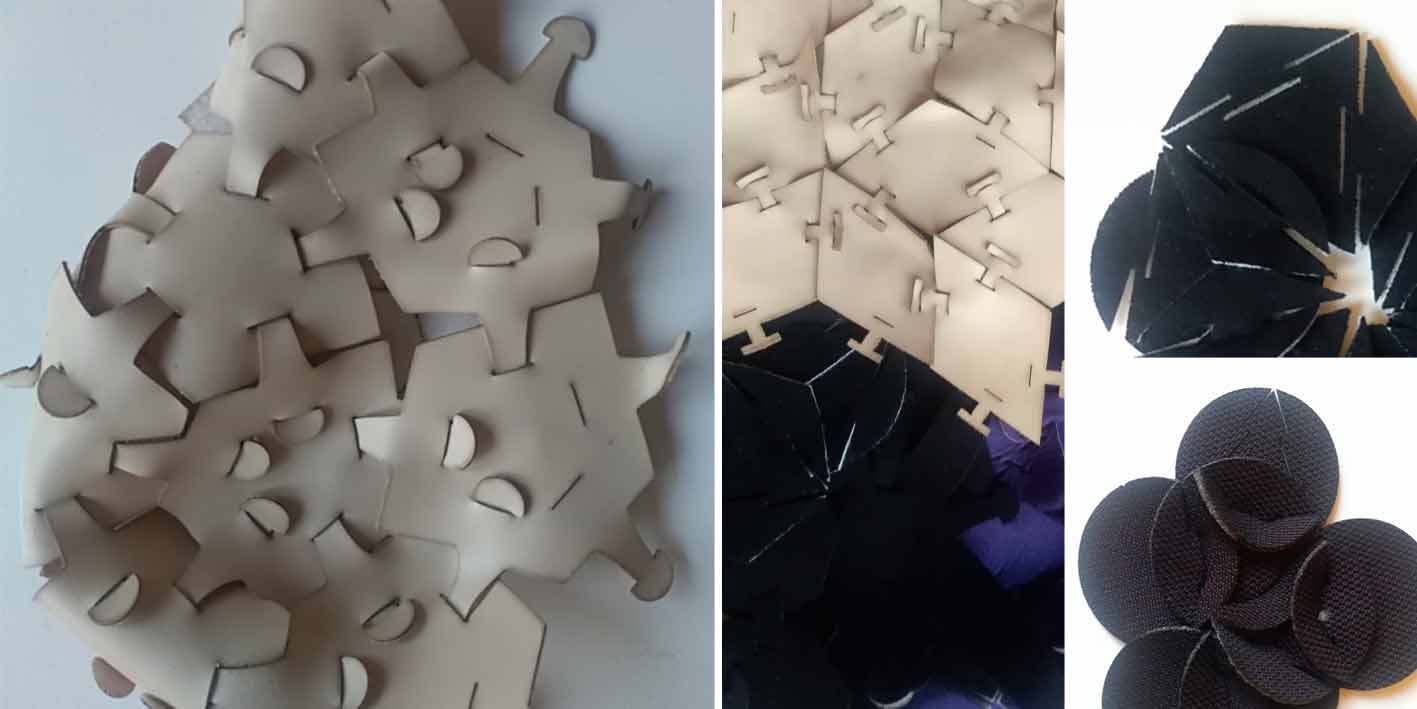

Pattern’s study#
I wanted to develop a single module that had numerous types of joints to be used to cover curves, angles and regular surfaces. I decided to start by studying the square as a simple geometric element dividing the 90-degree angles into three triangles of 30 each. I developed the isosceles triangle so as to allow joints on three sides and on the bisector of the 30 degree angle. (on paper and after in rhinoceros)
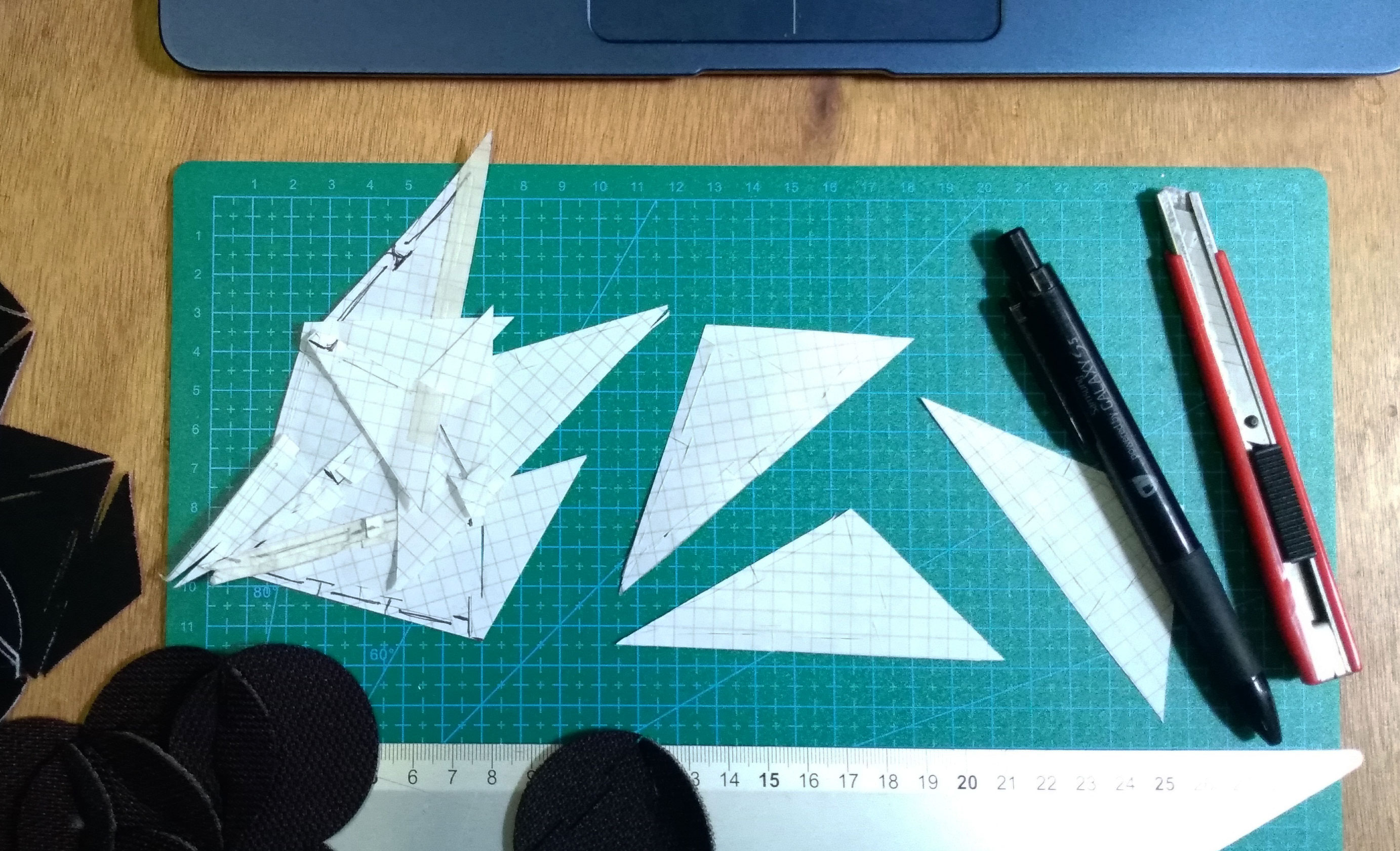
Development#
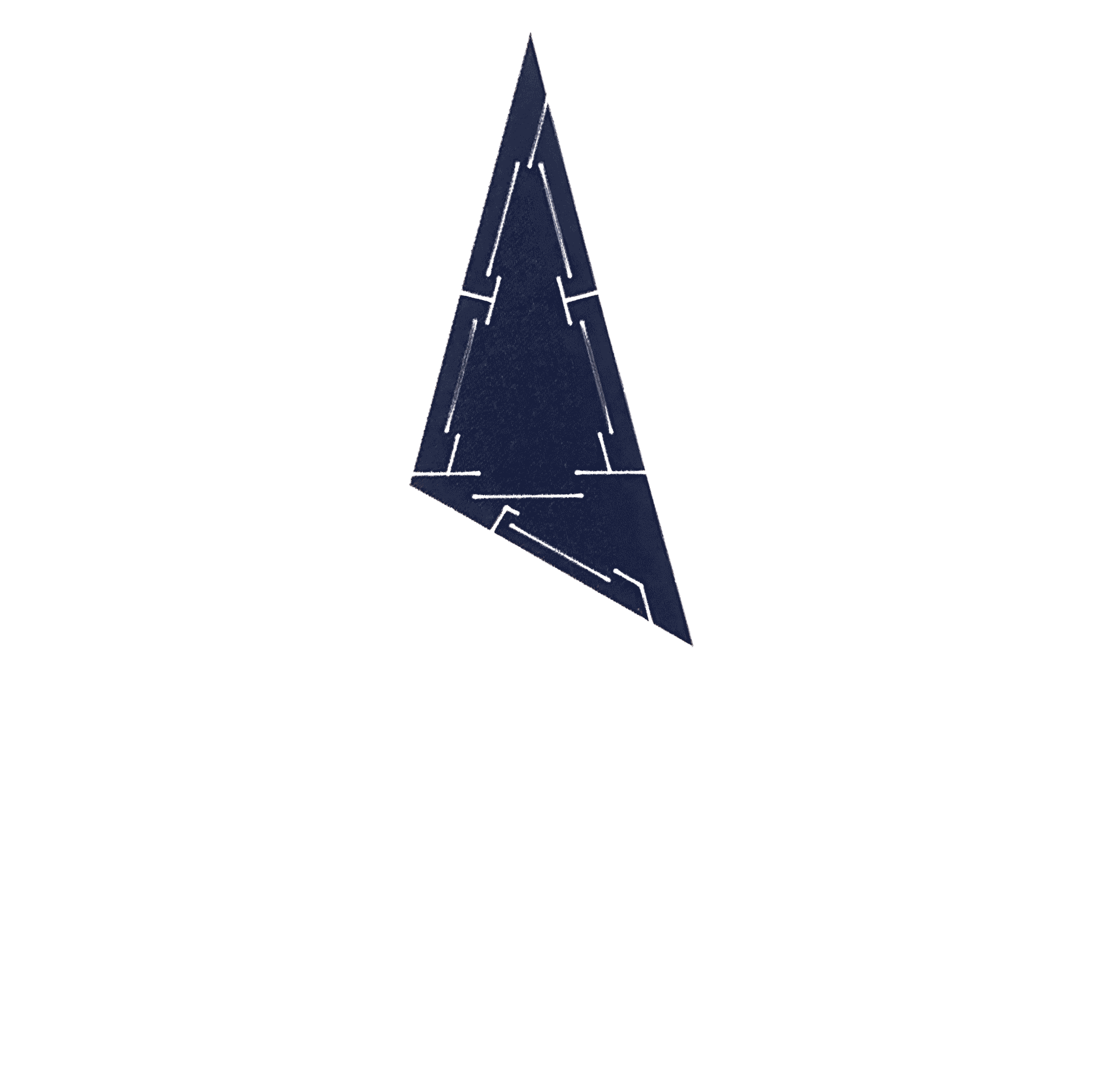
Lasercut#
the laser cutting had very little waste. being my module a triangle I used the sides to make sure to cut the machine more easily.
I laser cut over 115 pieces:
- 90 canvas jeans composition
- 20 purple pse
- 5 platinum eco-leather

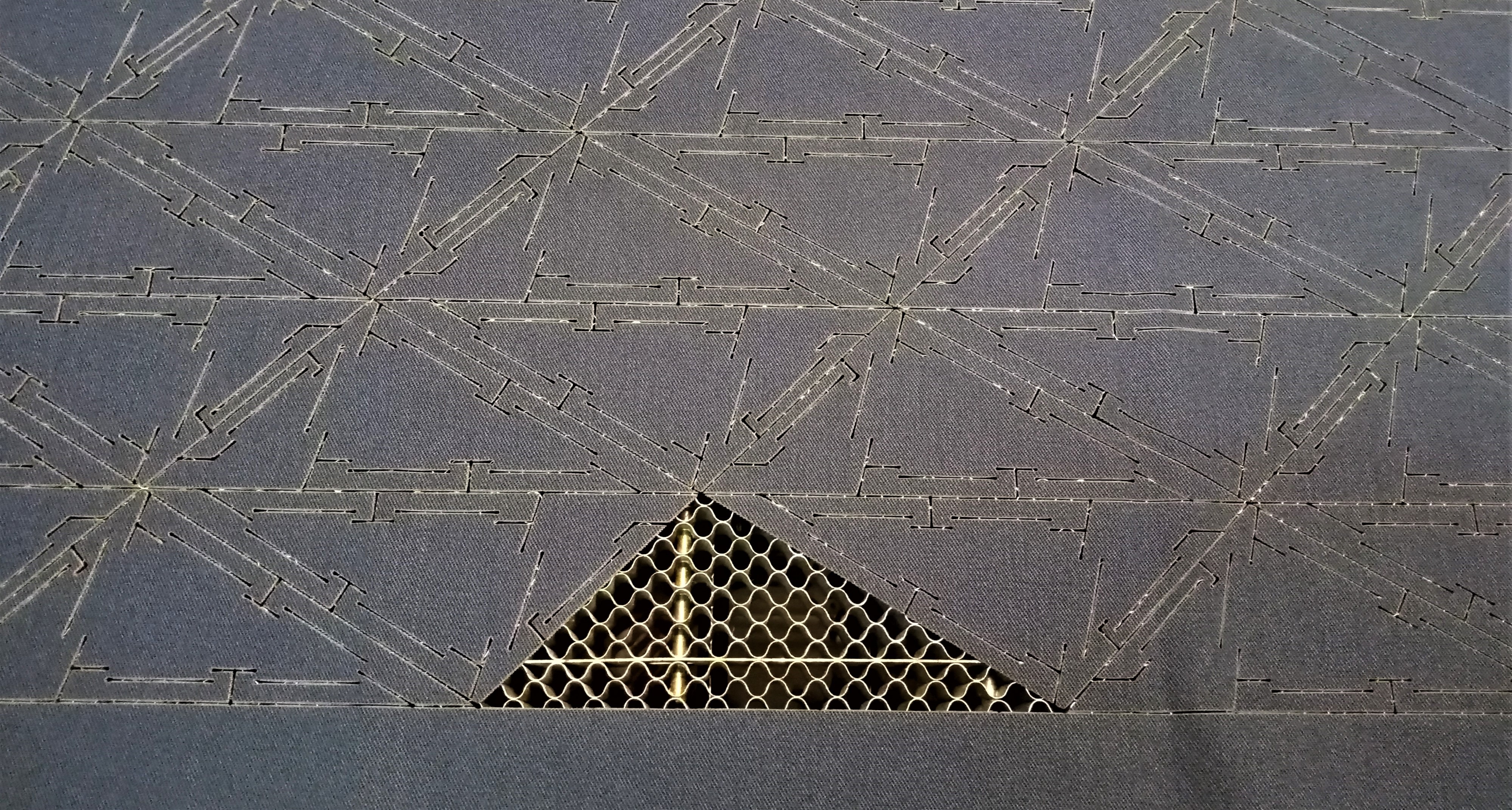
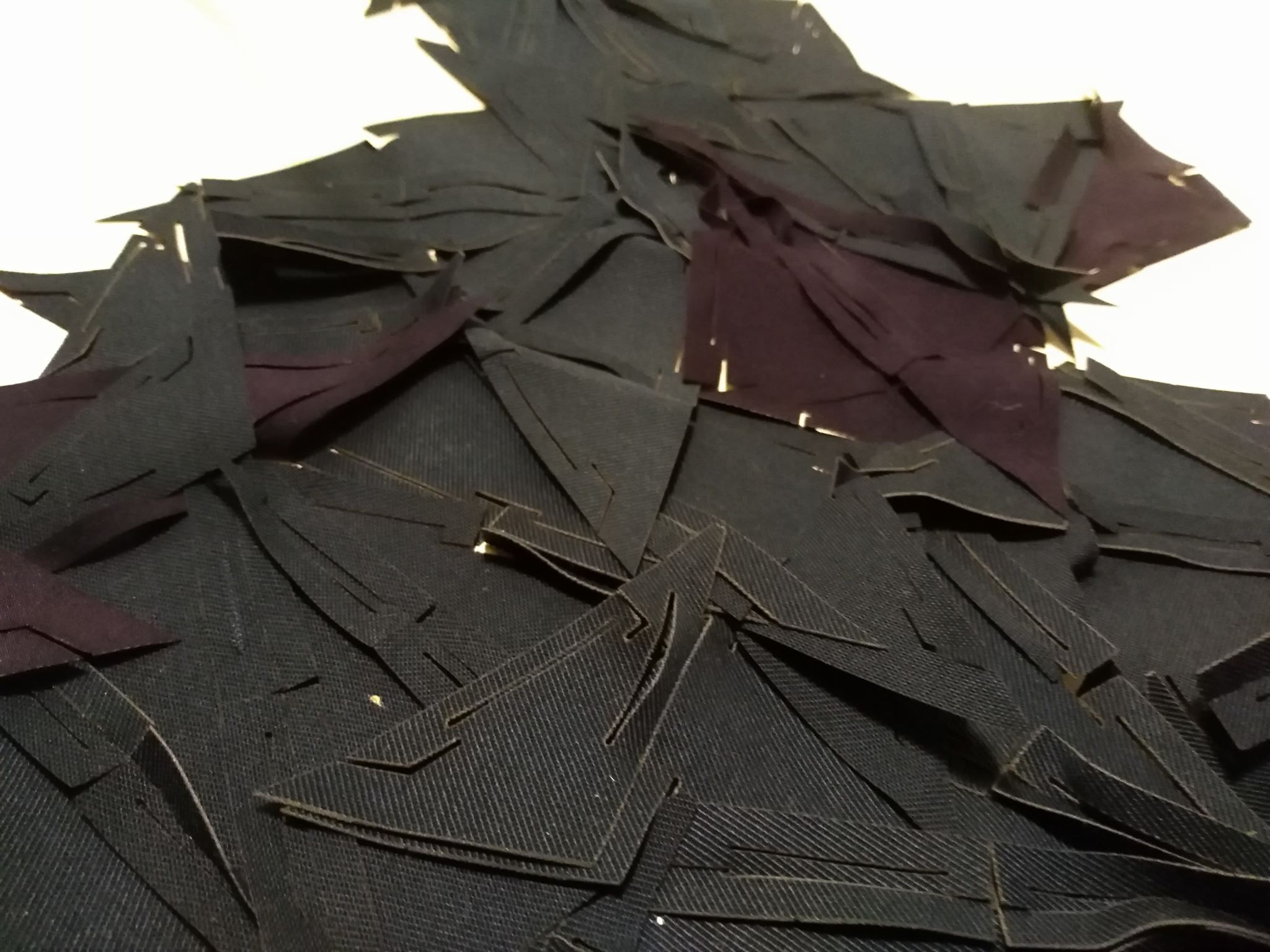

Fabricademy 2019_3.Circular Open Source Fashion_Greta Dalessandro from Greta Dalessandro on Vimeo.
Sewing pattern#
I was forced to move by trial and study on the sewing pattern the response and the arrangement of the various modules, mixing the three fabrics used to create a decorative pattern but above all insert the modules into more resistant fabrics at the highest stress points, creating areas differentiated where the structure could also be less rigid and resistant.

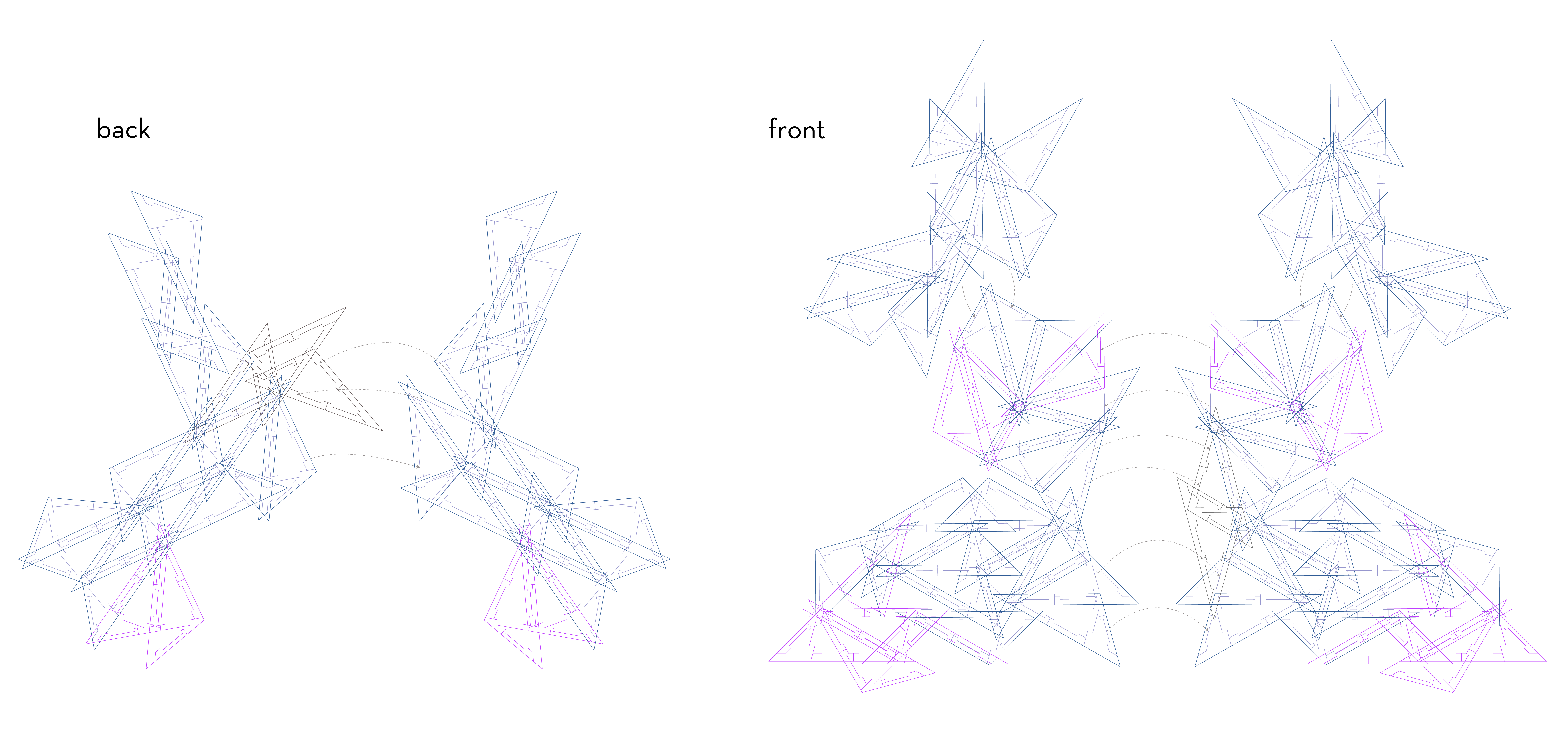
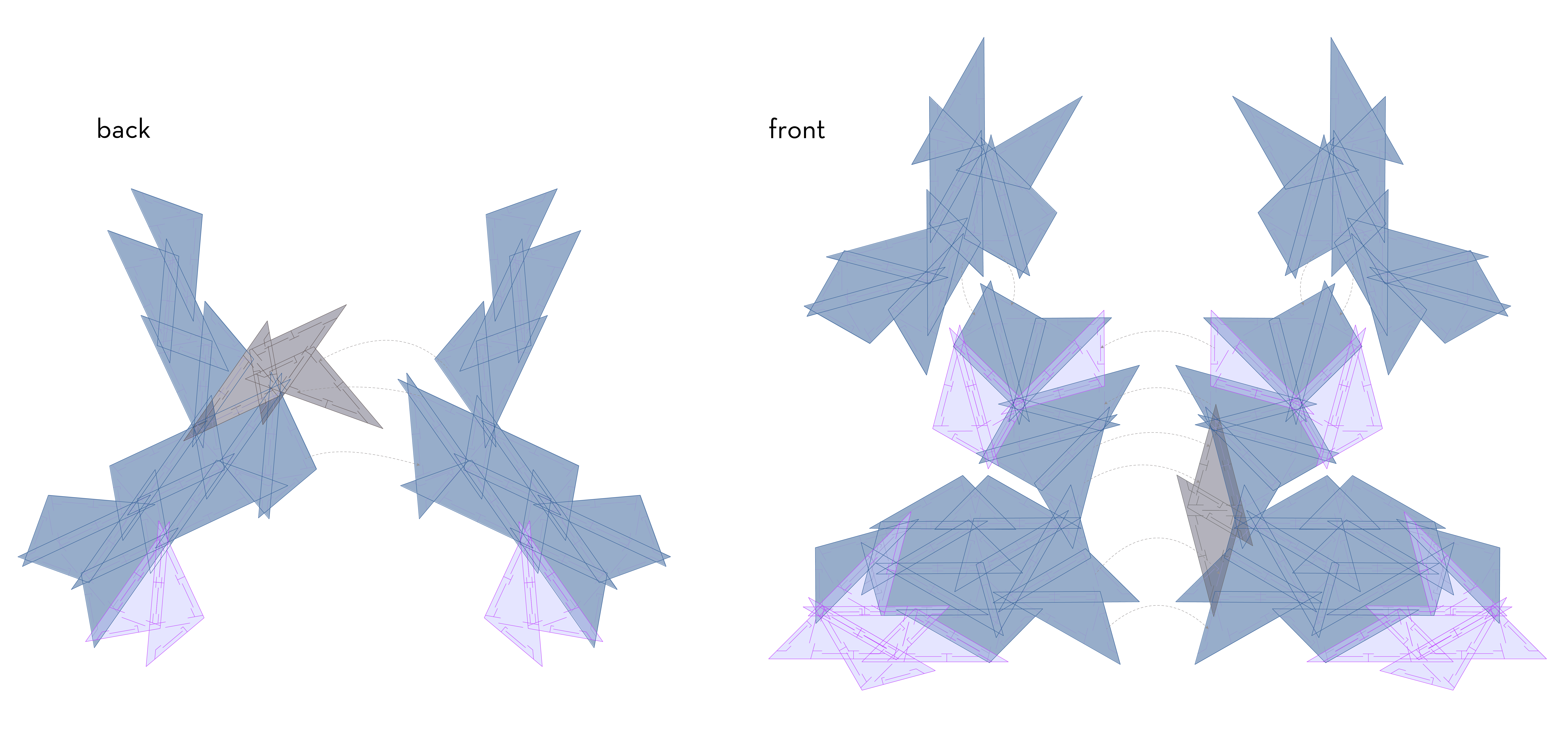

Final result#
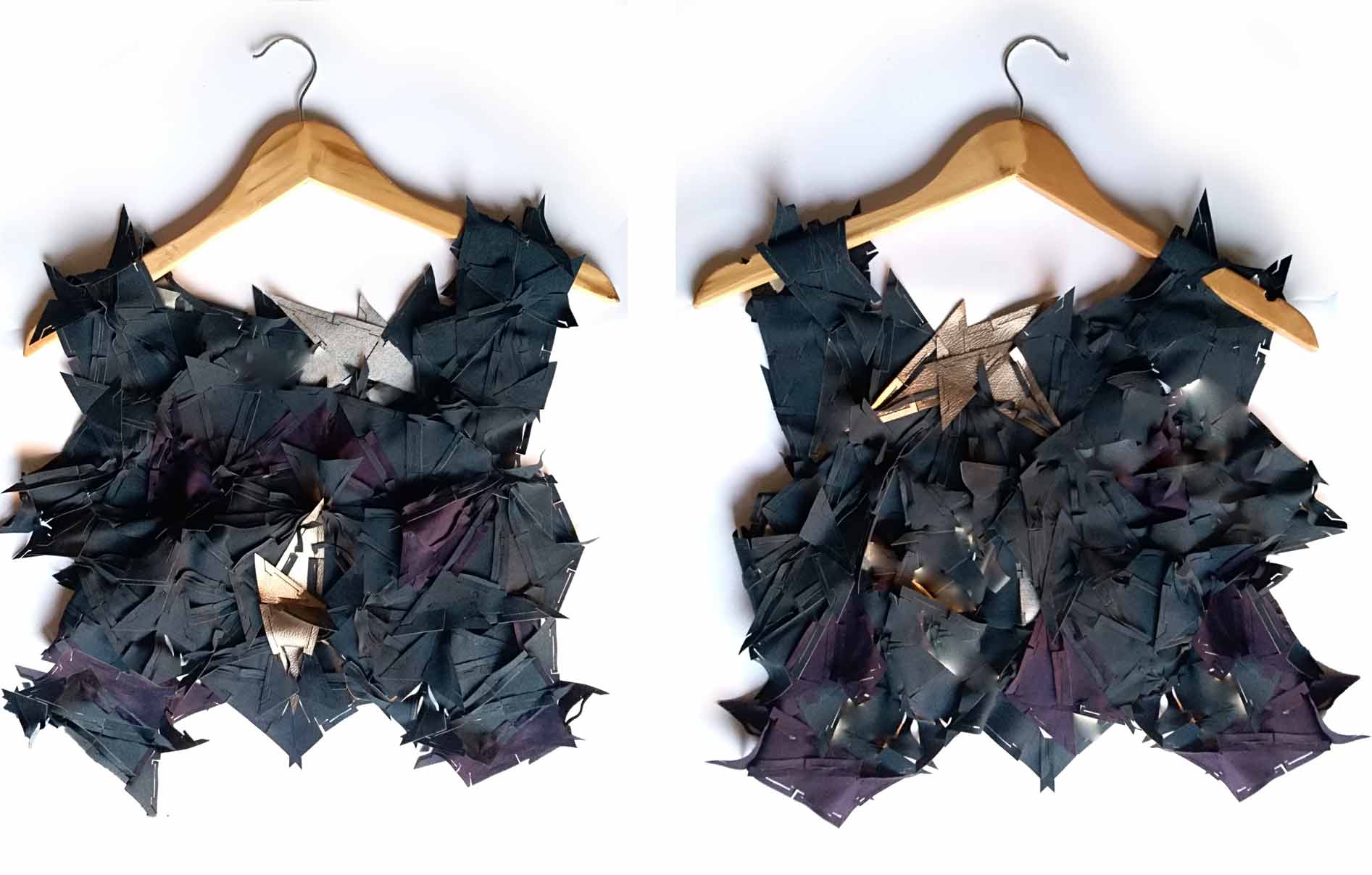
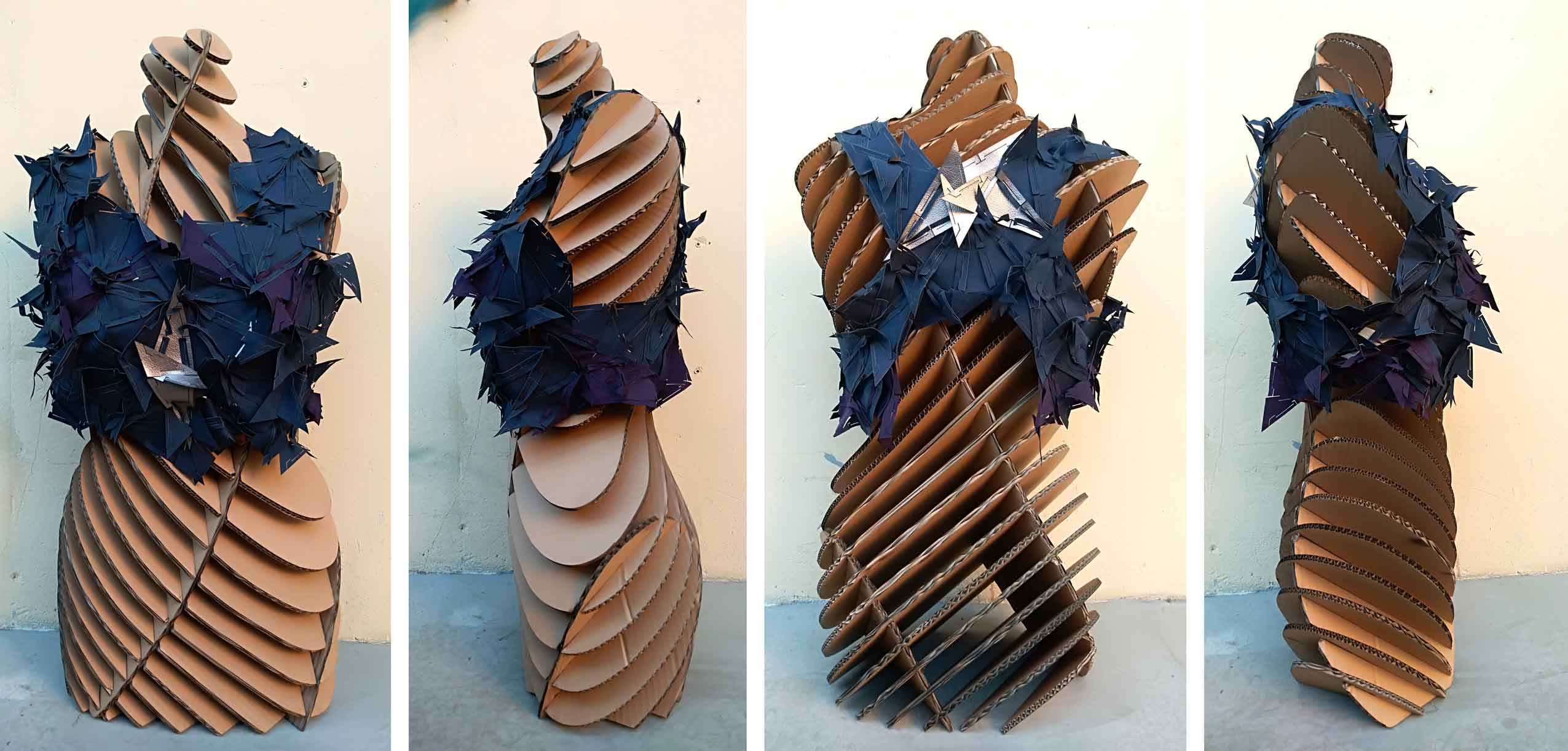
Errors#
surely if I had more time I would opt for a different fabric, with a greater thickness. With a neoprene I probably would not have had the same difficulty I had using purple nylon (definitely too soft and light for the chosen shape). It would be appropriate to calibrate the total size of the module, perhaps too small and with too many joints in a small space.